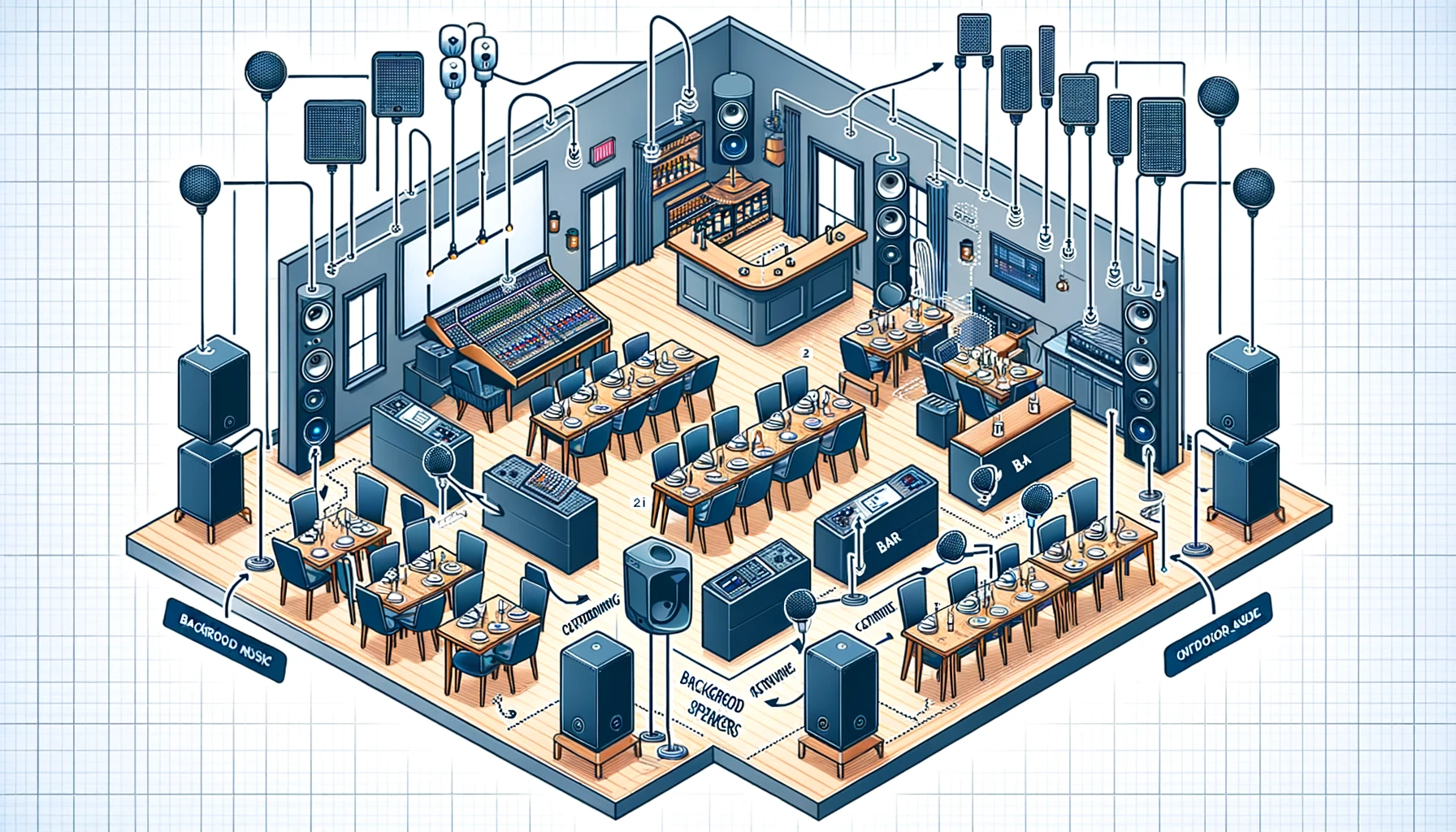
Positioning surveillance cameras effectively efficiently is essential for improving surveillance in different settings, including homes, commercial properties, and community spaces. The primary objective of surveillance cameras remains to discourage crime and provide proof in instances of events. To achieve this, it becomes essential to consider several elements, such as camera location, field of vision, and the specific zones that need monitoring. By understanding these factors, people and entities can create a thorough monitoring strategy that optimizes the effectiveness of their surveillance systems.
One of the first actions in positioning surveillance systems involves to determine key locations that require monitoring. High-risk areas, including entrances, exits, parking lots, and areas with valuable items, should be prioritized. It also important to consider areas not visible, which are areas that may not be visible from specific perspectives. By charting out these critical locations, security staff can ensure that all nook remains observed, reducing the chances of criminal activity going unnoticed. Additionally, installing surveillance systems at key points can assist form a complete view of the property, enabling for improved total security monitoring.
The viewing angle of a surveillance system is another important factor to take into account. Various kinds of cameras provide varying fields of view, which can influence how many area is recorded in the footage. For example, wide-angle systems can monitor larger spaces, making them perfect for open areas, whereas pan-tilt-zoom cameras can be adjusted to focus on particular details. When placing surveillance systems, it Full Article is essential to select the appropriate kind based on the area being monitored. This ensures that the system can capture clear images and provide important information in the event of an occurrence.
Height and tilt of mounting also play a significant role in the effectiveness of security systems. Surveillance systems must be mounted at a level that remains out of grasp of possible interference but also enables for clear visibility of faces and other identifying features. A common recommendation is install cameras at least eight to ten feet off the ground. Additionally, the angle at which the camera remains set can affect its ability to capture important information. Surveillance systems must be angled to minimize glare and avoid obstructions, guaranteeing that they can capture sharp footage at all times.
In conclusion, routine maintenance and updates to the security system is crucial for long-term effectiveness. This includes inspecting system performance, wiping lenses, and ensuring that firmware remains up to date. Regular evaluations of the monitoring strategy can help identify any new blind spots or areas that might need extra monitoring. By staying proactive and implementing required adjustments, individuals as well as entities can enhance their surveillance efficacy and ensure that their surveillance solutions remain to fulfill their intended purpose.